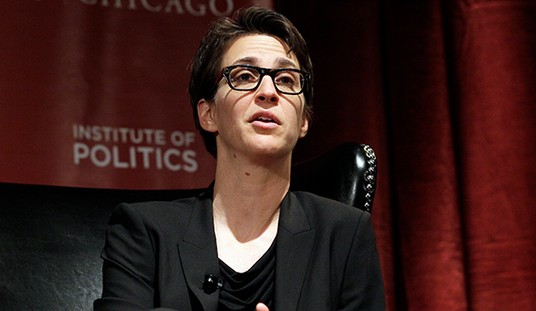Ever since one of Uber’s self-driving cars killed a woman in Tempe, Arizona earlier this month, their autonomous vehicle program has been on hold. Rather than moving to quickly get back to testing after the investigation, Uber is going the other way. In addition to suspending testing in Arizona and Pennsylvania, the company just told California that they would not be seeking to renew their testing license there either. In other words, at least for the time being, they appear to be pulling the plug. (Axios)
Uber on Tuesday told the California Department of Motor Vehicles that the ride-hailing service will not renew its permit to test autonomous vehicles when it expires Saturday.
The backdrop: This comes on the heels of the company’s suspension of tests on public roads in the state, as well as in Pennsylvania, Arizona and Ontario in the wake of a fatality in Tempe, Arizona. The ride-hailing service has fought a year-long court battle over its self-driving car unit and put up a fight in late 2016 when it was asked to get a permit; Uber agreed to get one early last year.
This probably isn’t a case of Uber acting with a simple abundance of caution. The more the investigation into the fatal accident proceeds, the more questions have been raised. For one thing, it’s been revealed that the company was using fewer safety sensors than they originally had proposed, though it’s unclear if that was a factor in the case of the woman with the bicycle being killed. (Reuters)
When Uber decided in 2016 to retire its fleet of self-driving Ford Fusion cars in favor of Volvo sport utility vehicles, it also chose to scale back on one notable piece of technology: the safety sensors used to detect objects in the road.
That decision resulted in a self-driving vehicle with more blind spots than its own earlier generation of autonomous cars, as well as those of its rivals, according to interviews with five former employees and four industry experts who spoke for the first time about Uber’s technology switch.
According to the report, this wasn’t a minor design change. The company’s Ford Fusion cars which were previously deployed had seven LIDAR sensors installed to “watch” the car’s environment for obstacles and pedestrians. The new ones being used now have only a single LIDAR mounted on the roof. According to some of their former employees, that created a “blind spot” around the car where it can’t “see” pedestrians.
I’m not sure that was a factor in the Arizona accident, of course. In that case, the woman basically jumped off the median directly in front of the car. But then, if she did it close enough to the front bumper that she was in the blind spot, perhaps that explains why the car never even attempted to put on its brakes.
No matter the cause, none of this is making me feel any more confident in this technology. As I wrote here previously, cars need human drivers. Even if an autonomous car winds up being safer “on average” than regular vehicles, that’s going to be cold comfort to the family of anyone who loses a loved one to a robot sedan. And no amount of artificial intelligence currently on the drawing board can match a human being’s ability to take in all their surroundings and pick up subtle clues as to what’s going on. This technology should go back on the shelf, at least until they can show that all the bugs are worked out of it.








Join the conversation as a VIP Member